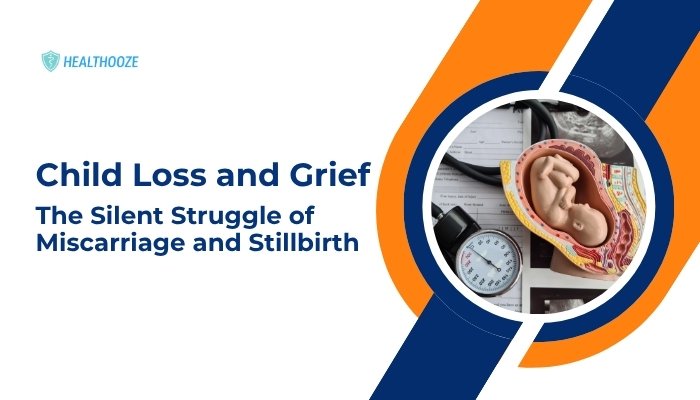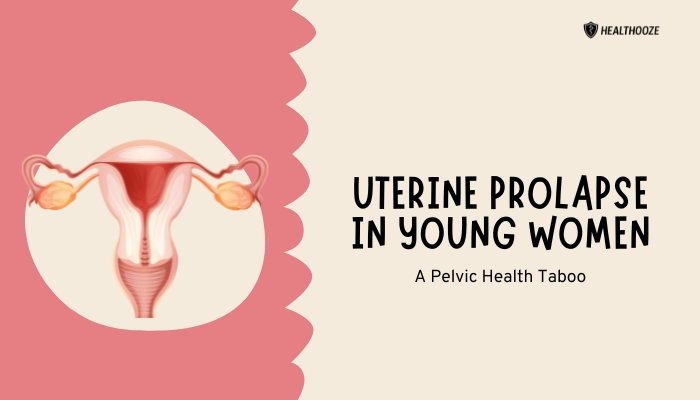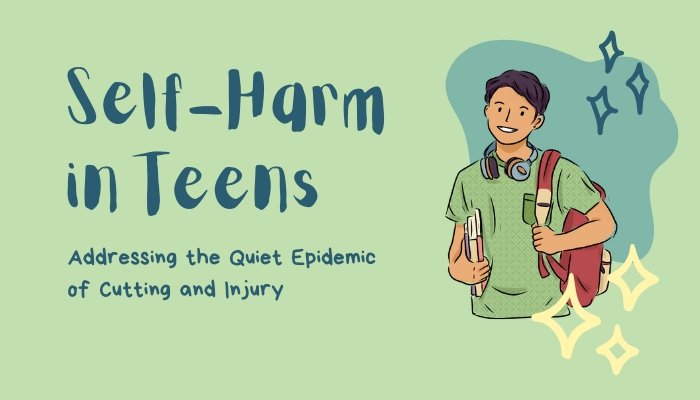The ribs are thin bones that enclose the vital organs of the body such as the heart, lungs, and chest cavity. Aside from protecting the important organs, ribs also aid in breathing.
However, there are instances when the structure and integrity of the ribs are compromised. A trauma to the chest can lead to a bruised rib. (1, 2)

Image 1: A severe bruising of the ribs.
Picture Source: i.pinimg.com

Picture 2: A bruised rib as seen on the patient’s skin discoloration, tenderness, and inflammation.
Photo Source: www.epainassist.com
Who are at risk for a bruised rib?
People who are fond of playing contact sports are prone to have bruised ribs such as those who play football, hockey, rugby, wrestlers, boxers, and lacrosse players. A vehicular accident can also put you at risk for a bruised rib.
Other possibilities include falling from a high place or a heavy object fell on your chest. Performing strenuous activities, lifting heavy objects, and excessive coughing can all lead to bruised ribs. (1, 2, 3)
Signs and symptoms
- Pain in the chest that gets worse with inhalation. The pain gets intense if you try to sneeze, laugh, or a cough.
- Simple activities like bending or moving can trigger chest pain.
- Muscle spasm in the rib cage area.
- Tenderness and swelling around the bruised rib.
- There is a visible bruising on the skin. (2, 3, 4)
Diagnosis
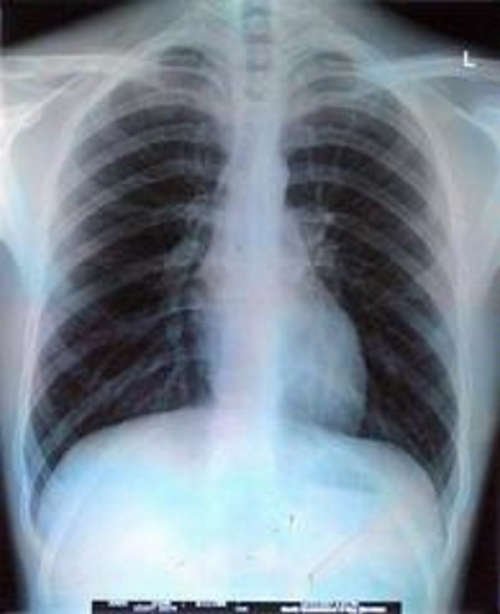
Photo 3: An imaging study of the chest wherein there is an obvious rib bruising secondary to excessive coughing.
Image Source: userfiles.steadyhealth.com
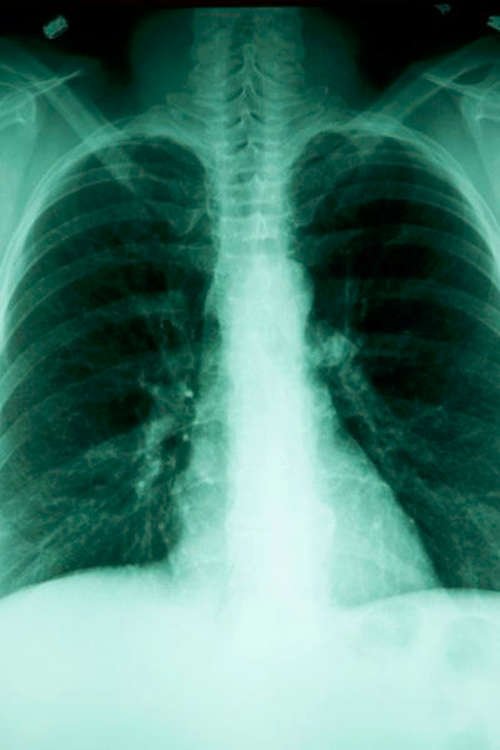
Image 4: An imaging study of a bruised rib.
Picture Source: img.aws.livestrongcdn.com
Physical examination
The doctor will perform a thorough physical examination to accurately assess the symptoms of the patient. Your breathing will be carefully assessed to note if the functions of the lungs are affected.
Any bruising on the skin on the chest and back will be assessed too.
X-ray
It is done to check the condition of your chest and to detect any issues that cannot be detected by simple physical examination. The doctor will order for a lateral and anteroposterior x-ray to check for the structure of the rib cage and to rule out rib fracture.
CT scan
This is a more thorough and accurate imaging study which will help differentiate a bruised rib from a break/fracture. It is performed to determine the number of ribs involved. It also helps detect the extent of the injury.
MRI
A bruised rib can be easily detected under the magnetic resonance imaging study.
Bone scan
It is a more advanced procedure that will not only detect a bruised rib but a broken rib as well.
Angiography
It is performed to assess for blood vessel injury as the first and second ribs are closed to the important blood vessels.
Arterial blood gas
It can detect the extent of bruising, especially the lungs, which could affect the lung’s ability to transport oxygen.
Complete blood count
It helps determine blood loss and the general condition of the essential blood components. (4, 5, 6, 7)
Bruised ribs Treatment
The treatment for a bruised rib is focused on pain management. The patient should have adequate rest and to avoid activities that can further aggravate the pain. To manage the pain, the patient is put on pain reliever and anti-inflammatories such as acetaminophen, aspirin, ibuprofen, and the likes.
Aside from taking a pain reliever, you can also manage the pain through cold compress. It is best to apply cold the earliest time possible for about 20 minutes for at least three times a day. It will help alleviate the pain, reduce inflammation, and discomfort.
A bruised rib can significantly affect your breathing. It forces you to take more shallow breaths. This is one of the reasons why your doctor will put you on a pain medication. In some instances, a long-lasting anesthetic injection is introduced near the bruise site to alter the body’s pain signals.
The doctor strongly advised the patient to undergo a respiratory therapy so as to learn breathing techniques that can significantly help reduce the pain when breathing and at the same time supplying the much-needed amount of air in the lungs. (6, 7, 8, and 9)
How long will it take to heal bruised ribs?
The time it takes for the bruised ribs to heal depends on the extent and severity of bruising. Usually, it takes a few weeks to months. However, the recovery period is long if several ribs are affected. Usually, the pain subsides after a few weeks, which means that your bruising is healing.
If the pain is still there and gets worse as time passes by, then you need to tell your doctor. It needs to be re-evaluated to make sure that it is just a bruise and not an underlying rib fracture. (5, 7, 9)
When should you call out for help?
You need to thoroughly assess your condition and make sure you immediately call out for help if anything gets worse such as:
- Difficulty breathing/shortness of breath.
- Rib pain, especially when breathing or coughing.
- Bruising or swelling around the rib area.
- The pain gets worse as time passes by. (1, 2, 3)
What to keep in mind?
A bruised rib is something that should not be taken lightly. It may sound like a simple problem but if it affects several ribs, the integrity and function of your lungs will be greatly affected. You need to strictly follow your doctor’s advice to hasten the recovery period.
Take the pain medication as prescribed. You have to understand that the first few weeks of healing can be extremely painful for the patient. If the pain does not subside using pain medication, then you need to inform your doctor right away.
A higher dose of pain medication might be needed such as a nerve block to numb the area between the ribs. The best way to safeguard yourself from bruised ribs is to observe preventive measures such as wearing protective gear when engaging in contact sports. (2, 7, 9, 10)
References:
- https://www.healthline.com/health/bruised-ribs
- https://www.nhs.uk/conditions/broken-or-bruised-ribs/
- https://www.your.md/condition/rib-injuries/
- http://www.sportsinjuryclinic.net/sport-injuries/chest-abdomen-pain/bruised-ribs
- http://www.coreperformance.com/knowledge/injury-pain/bruised-ribs-what-you-need-to-know.html
- https://www.belmarrahealth.com/bruised-ribs-symptoms-causes-natural-remedies/
- https://allhealthpost.com/bruised-ribs-symptoms-causes/
- http://www.md-health.com/Bruised-Ribs.html
- https://www.physioadvisor.com.au/injuries/upper-back-chest/rib-contusion/
- https://www.physiocheck.co.uk/condition/80/bruised-or-broken-rib




